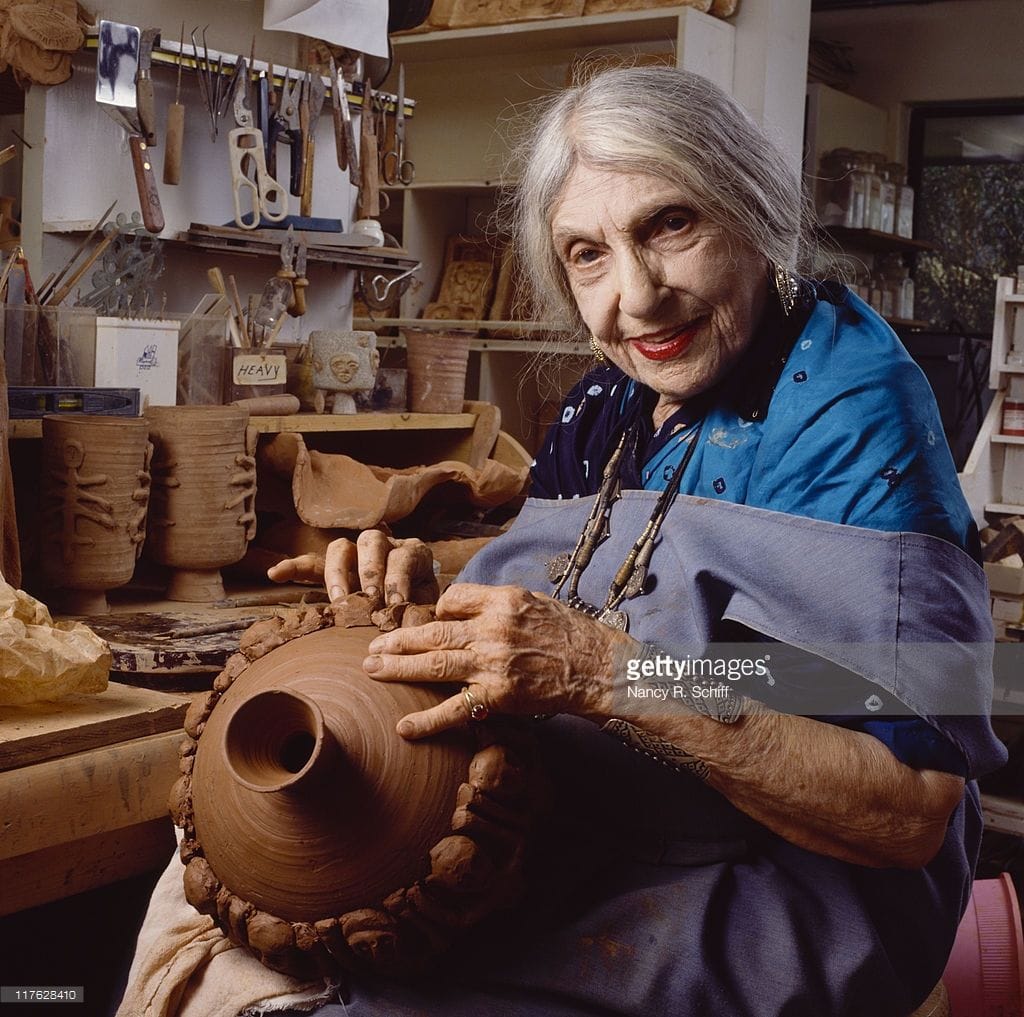Beatrice Wood & Titanic: Unveiling the Connection
You know how James Cameron’s “Titanic” gave us the unforgettable Rose DeWitt Bukater, a woman who ditched a life of luxury for love and art? Well, you might be surprised to know that Rose’s character was likely inspired by a real person – a free-spirited artist named Beatrice Wood!
Beatrice lived a life less ordinary, embracing her individuality and challenging societal expectations. Sound familiar? That’s Rose in a nutshell too! Both were drawn to creativity and surrounded themselves with artists and thinkers. It’s like Cameron took Beatrice’s life and poured it into Rose, creating a character that feels unbelievably real and relatable.
Was Beatrice Wood a Real Titanic Passenger?
Beatrice Wood was not a passenger on the Titanic. She was born in 1893, years after the tragic sinking. The confusion likely stems from the frequent comparison between Wood and Rose, sometimes even referring to Wood as the “real Rose.” While this is inaccurate, it highlights the remarkable similarities between the fictional character and the real-life artist.
James Cameron, the director of “Titanic,” has suggested that Beatrice Wood’s independent spirit and artistic drive played a part in shaping Rose DeWitt Bukater’s character. Although he hasn’t explicitly detailed which aspects of her life influenced the film, their connection offers a glimpse into how art can find inspiration in unexpected places.
A Life Less Ordinary: Who Was Beatrice Wood?
Beatrice Wood was a force of nature, a woman who defied expectations and blazed her own trail through the 20th century. Born into affluence in 1893, she could have easily settled into a life of comfort and societal conformity. But Beatrice had other plans. Art called to her, and she answered with a passion that would define her extraordinary life.
Rejecting the traditional path laid out for a woman of her social standing, Beatrice immersed herself in the world of art. Her journey took her from the prestigious Académie Julian in Paris to the heart of New York City’s avant-garde scene. She wasn’t content to be a mere observer; she became a key player, collaborating with giants of the art world like Marcel Duchamp and Henri-Pierre Roché. Together, they shook things up, challenging the very definition of art with their involvement in the Dada movement, known for its rejection of reason and logic in favor of chaos and irrationality.
Beatrice didn’t shy away from pushing boundaries. As a founding member and editor of the Dada magazines The Blind Man and Rongwrong, she helped spread the movement’s message of absurdity and anti-establishment ideals. Her early Dada work, particularly her “Dada masks,” challenged traditional notions of beauty and self-expression, showcasing her rebellious spirit and willingness to shatter artistic norms.
From Dada to Ceramics: A Late Bloomer’s Triumph
In her 40s, Beatrice embarked on a new chapter in her artistic journey, one that would solidify her legacy. She found herself drawn to the tactile nature of clay, discovering a passion for ceramics that would consume her for the rest of her life. Some might call it a late start, but for Beatrice, it was simply another opportunity to defy expectations and explore uncharted artistic territories.
Her ceramics were a world away from the often-provocative nature of her Dada work. Playful, whimsical, and bursting with life, her creations possessed a unique charm that captivated art enthusiasts. Her signature lustrous glazes, developed through years of experimentation, lent an ethereal quality to her pieces, as if they held a spark of magic within.
Even in her later years, Beatrice never slowed down. She established the Beatrice Wood Center for the Arts in Ojai, California, a haven for artists seeking connection and inspiration. Ojai, known for its artistic community and bohemian spirit, proved to be the perfect setting for this new chapter. Her studio became a gathering place for creative minds, a testament to her enduring belief in the power of art to unite and inspire.
Beatrice continued to create until her death in 1998 at the remarkable age of 105. Her longevity itself was a testament to her vibrant spirit and unwavering passion for life and art. Even in her final years, she could be found in her studio, her hands shaping clay, her mind brimming with new ideas.
Beatrice and Rose: Echoes of Rebellion
While Beatrice never experienced the ill-fated voyage of the Titanic, her life story shares a striking resonance with that of Rose DeWitt Bukater. Both came from privileged upbringings but chafed against societal restrictions. Both were drawn to the liberating power of art and the courage to pursue love outside the confines of social expectations.
Rose’s defiance of her family’s wishes to pursue her heart’s desire mirrors Beatrice’s own rebellious streak. Just as Rose found solace and inspiration in her art, sketching portraits and cherishing the beauty of the Heart of the Ocean necklace, Beatrice dedicated her life to creative expression, pushing boundaries and challenging norms through her work.
It’s easy to see why James Cameron might have been drawn to Beatrice Wood’s extraordinary life story while crafting the character of Rose. Though separated by time and circumstance, both women embody a timeless spirit of independence, a yearning for authenticity, and an unwavering dedication to living life on their own terms.
Beyond the “Titanic” Inspiration: A Legacy of Art and Freedom
The enduring fascination with the “real Rose” speaks volumes about the power of Beatrice Wood’s story. It’s a testament to the allure of connecting fiction with reality, of finding echoes of real-life inspiration in the characters and narratives that capture our imaginations.
But Beatrice Wood was more than just a muse for a fictional character. She was a trailblazer, an artistic innovator, and a woman who lived life on her own terms, embracing the unconventional and challenging the status quo. Her legacy extends far beyond the “Titanic” connection, encompassing a lifetime of artistic exploration, a commitment to creative freedom, and a spirit of joyful rebellion that continues to inspire.
Beatrice Wood’s story reminds us that sometimes, truth is stranger and far more fascinating than fiction. Her life, like her art, was a celebration of individuality, a testament to the power of pursuing one’s passions, and a shining example of a life lived to the fullest.
- Discover Long Black Pepper: Flavor & Health Benefits - April 25, 2025
- Shocking Twists: The Grownup Review: Unreliable Narration - April 25, 2025
- A Quiet Place Book vs Movie: A Deep Dive - April 25, 2025

















1 thought on “The Untold Story: How Beatrice Wood Inspired Titanic’s Rose DeWitt Bukater”
Comments are closed.